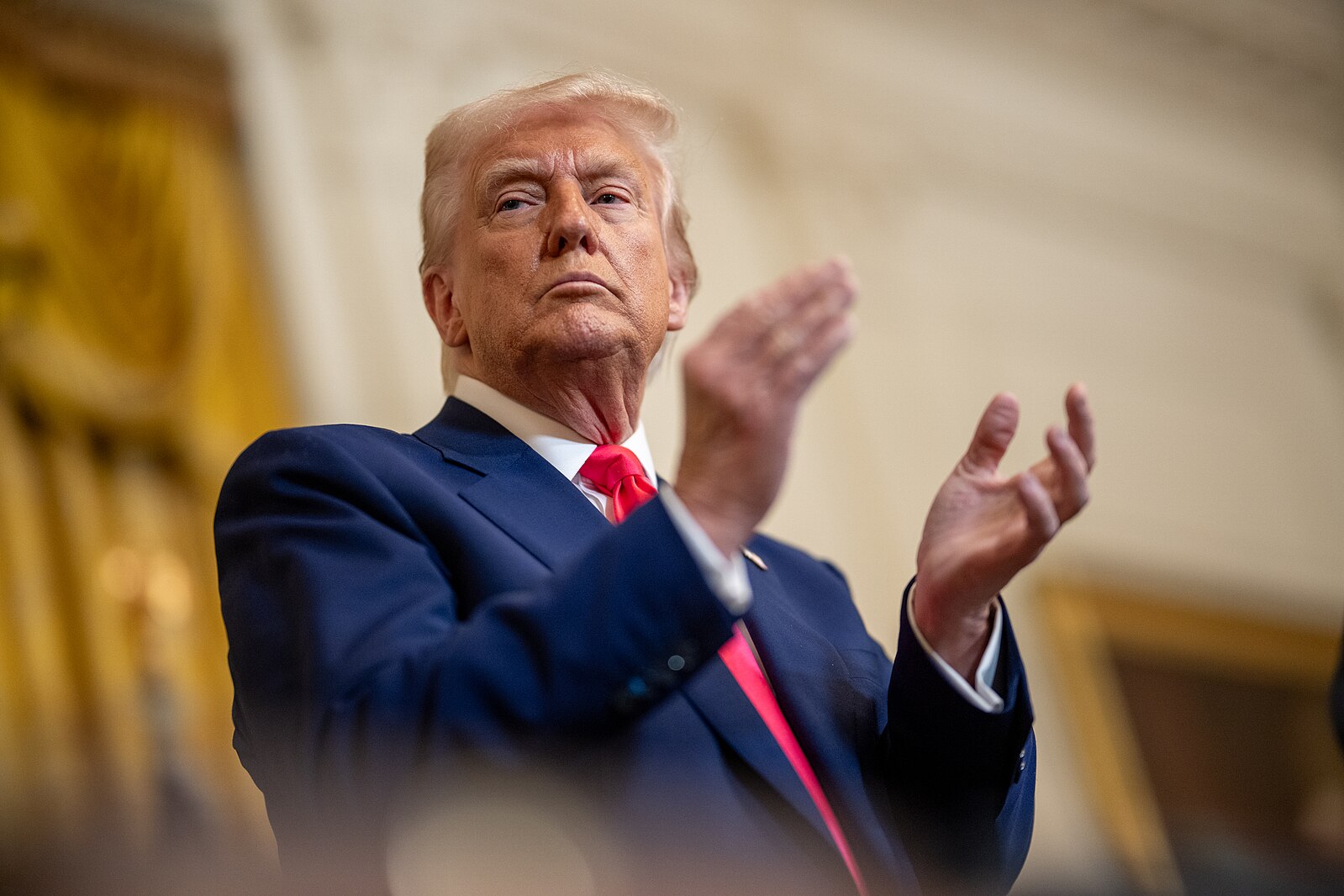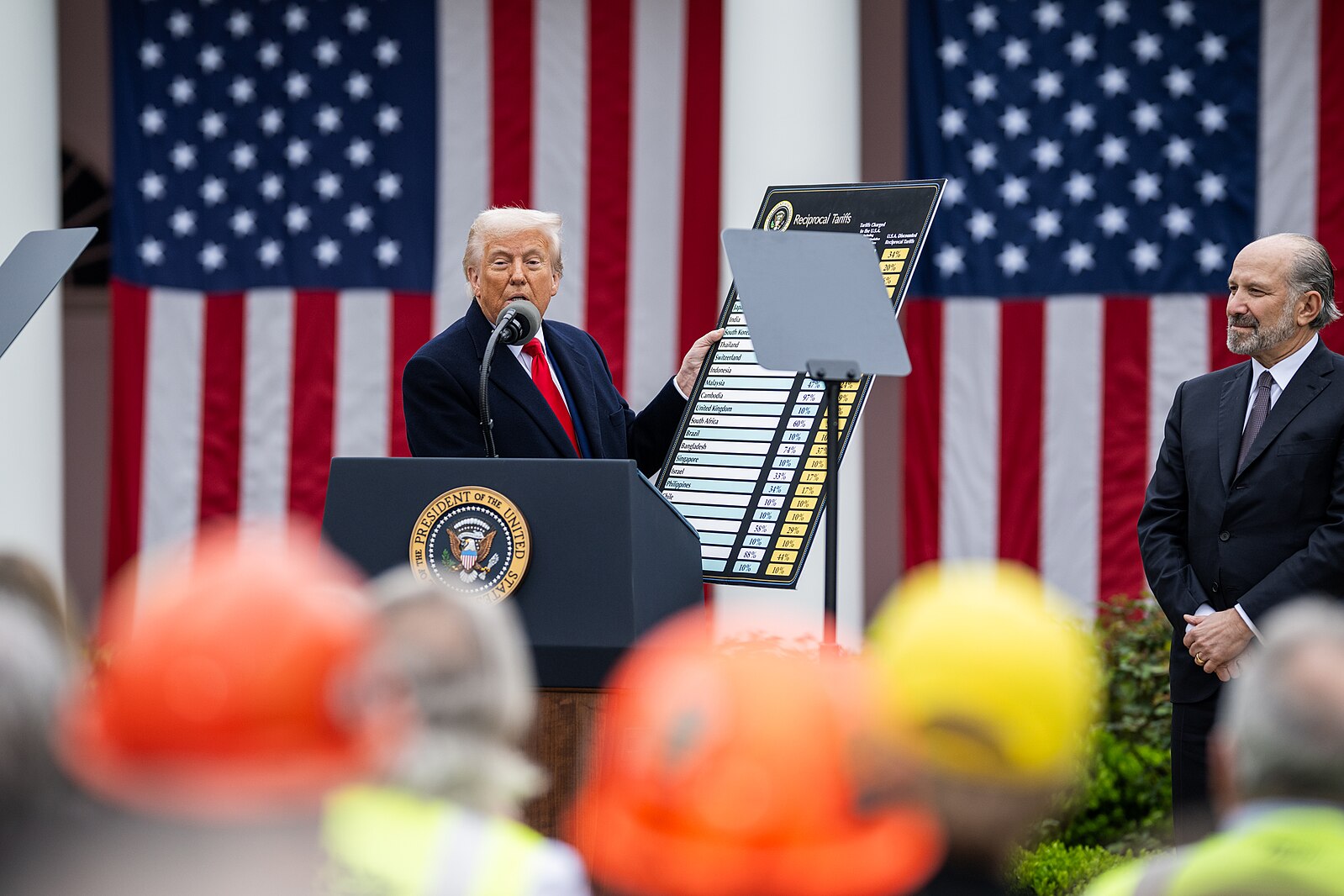Business
7 Items That Could Surprisingly Become Cheaper After Trump’s Tariff Changes
By Jake Beardslee · April 20, 2025

7 Items That Could Surprisingly Become Cheaper After Trump’s Tariff Changes
While much of the discussion surrounding President Donald Trump’s recent tariff proposals has centered on fears of inflation and rising costs, there are certain industries that may actually benefit from the policy shift. With new tariffs intended to reduce America’s reliance on imports and bolster domestic production, some goods and services could become more affordable in the long run.From gasoline to lumber, here’s a breakdown of where prices might fall—and why. The White House / Wikimedia

Gasoline
Global crude oil prices have fallen to a four-year low following Trump’s tariff announcement, according to Fox Business. With energy markets recalibrating due to shifting supply chain dynamics, American drivers may soon enjoy some relief at the pump. Some analysts project gas prices could dip by as much as 15 cents per gallon, potentially leading to the cheapest summer gas prices since the pandemic. Erik Mclean / Pexels
Beef
Though tariffs will increase costs on many imported foods, one exception could be U.S. beef. According to Drovers, the tariffs may have a “price positive” effect on the domestic beef industry. By raising the price of imported meats, foreign competitors are squeezed out, potentially stabilizing or lowering prices for American-raised beef due to reduced market saturation. Markus Spiske / Pexels
Paper Products
Paper goods like napkins, tissues, and printer paper could see price stabilization if domestic mills ramp up. If tariffs reduce competition from lower-cost imports (often from Brazil, China, or Canada), U.S. mills may fill the gap and bring prices down with economies of scale. Vlada Karpovich / Pexels
Lumber
A new executive order from the Trump administration mandates a 25% boost in timber harvesting from federal lands. This initiative, intended to cut dependence on foreign lumber—particularly from Canada—may lead to eventual price relief in the housing and construction sectors. The National Association of Home Builders (NAHB) suggests this move could ease pressures in the lumber market, though full effects may take time due to sawmill limitations. Khari Hayden / Pexels
Wood Furniture
Domestic furniture manufacturers may benefit from decreased foreign competition, with tariffs making imported wooden furniture less cost-competitive. As Furniture Today reports, U.S. companies that already use predominantly American materials could thrive. Over time, the increased viability of American-made furniture might result in lower prices, particularly in mid-range and premium tiers. cottonbro studio / Pexels
Clothing
Tariffs are expected to raise the cost of imported apparel, but that shift could make U.S.-made clothing more affordable by comparison. As GQ notes, garments manufactured domestically aren’t subject to import duties and may become more attractive to consumers. If demand for American-made apparel rises, it could eventually drive down production costs, lowering consumer prices in the long term. Daian Gan / Pexels
Construction Materials
In addition to lumber, other construction inputs like drywall, insulation, and concrete products—especially if sourced domestically—may become more attractive. This could benefit builders and homeowners taking on new projects, especially if domestic suppliers expand production to meet demand. Rene Terp / Pexels
Can Tariffs Make Everyday Goods Cheaper?
President Trump’s tariff strategy has reignited debate over the future of American industry—raising the possibility that certain goods could become cheaper if domestic production ramps up to meet demand.Advocates argue that shielding U.S. manufacturers from foreign competition may revitalize key sectors, spur job creation, and reduce reliance on global supply chains. But the path forward is complex. Tariffs can drive up prices for imported materials, strain supply chains, and spark retaliation from trading partners, potentially harming U.S. exporters.
While the long-term goal is greater economic independence and price stability for American-made goods, the outcome hinges on how effectively the policy navigates the global trade landscape. The White House / Wikimedia